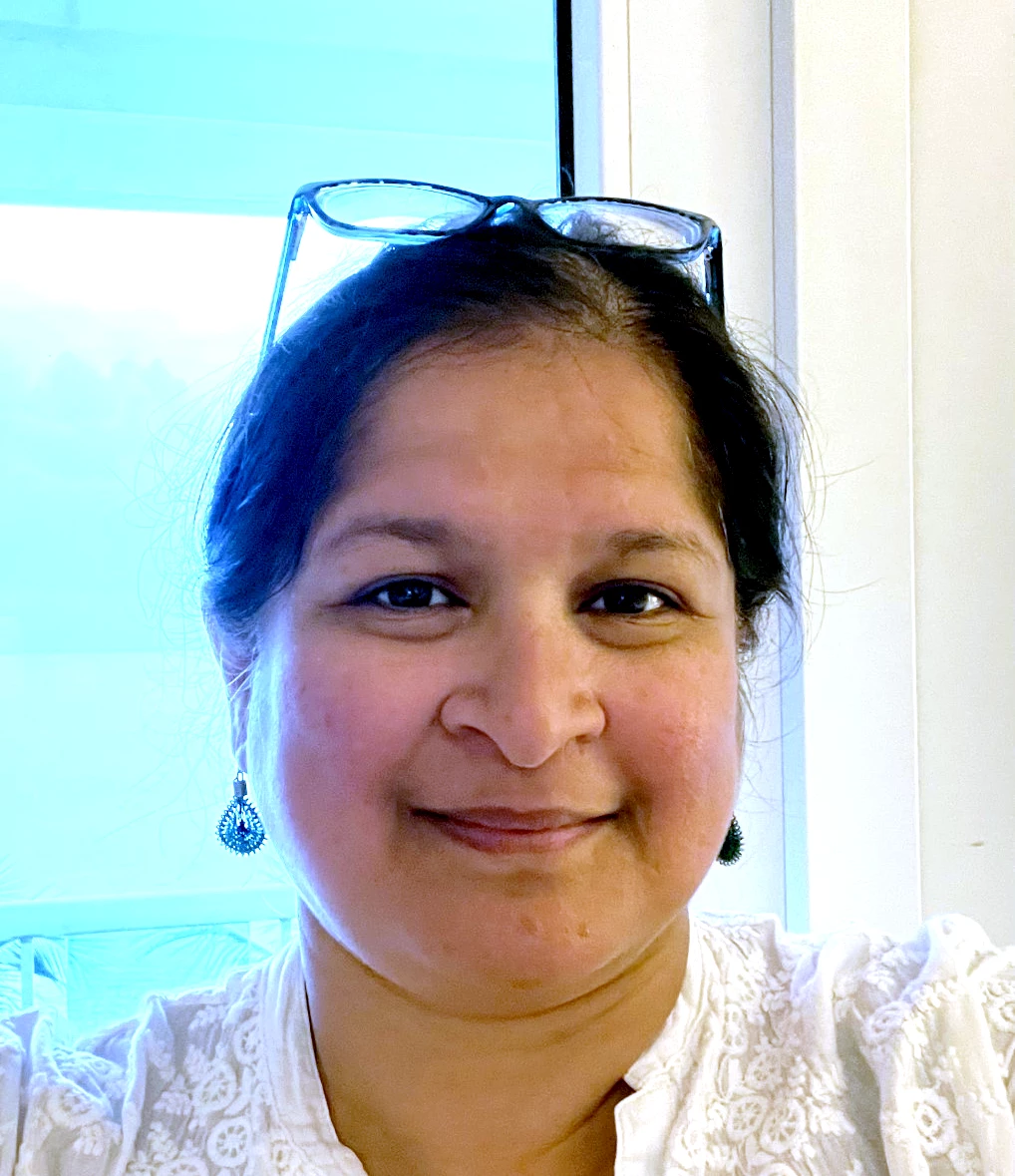 Une école au Bangladesh. Photographie : Scott Wallace/Banque mondiale
Une école au Bangladesh. Photographie : Scott Wallace/Banque mondiale
The Human Capital Index (HCI) recently celebrated its first birthday! For those not familiar, the HCI quantifies the contribution of health and education to the productivity of a country’s next generation of workers, based on evidence from micro-econometric empirical studies. To complement the HCI, the broader Human Capital Project (HCP) aims both to advance measurement and research and to enhance country engagement on the topic of human capital. Birthdays offer an excellent opportunity to reflect on recent accomplishments and think about the future.
For countries of all income levels, the HCI has offered insights to guide more effective investments in virtually all country contexts. HCI scores, which range between 0 and 1 to reflect a percentage of potential productivity reached, vary considerably—from Chad (0.29) to Peru (0.59) to Singapore (0.88)—showing that all countries can do more to improve their human capital outcomes. A national HCI, however, can mask significant inequity within a country, so the HCI has been disaggregated by geographic regions for more than 10 countries and by socioeconomic status for approximately 50 mostly low- and middle-income countries to better guide policy discussions and targeting.
Most importantly, action is underway in many countries to improve human capital outcomes.
- For example, the Sahel Women’s Empowerment and Demographic Dividend (SWEDD) project on women’s empowerment applies multi-sectoral interventions to address family planning and gender-based violence. Through SWEDD investments in the Sahel region, girls are benefitting from a variety of schooling-related interventions—through transportation services, accommodation, food, school supplies and cash transfer programs—to help ensure they develop to their fullest potential.
- In Indonesia, the Government’s national, multi-sectoral stunting reduction strategy is yielding results and working at the household level in new ways.
- Ethiopia is scaling up its integrated implementation of water supply, sanitation and hygiene (WASH) activities. Involving four sector ministries, this initiative not only combats the health concerns associated with the lack of access to clean water and proper sanitation, but it also supports better attendance of girls in schools, especially in schools lacking gender-segregated private toilets with handicap access.
- In Georgia, the government is launching a new program to increase access to preschool education, enhance education quality, and improve learning environments.
- The Marshall Islands recently started a new, multisectoral initiative to promote primary school readiness by enhancing support to parents and increasing access to early learning services.
These are only a few examples of the ambitious and complex projects undertaken by governments to enhance human capital outcomes.
Several HCP Countries are prioritizing human capital in their national development plans. Following a stocktaking of human capital and investments in people, Sierra Leone launched its National Development Plan: Human Capital for Development, in 2019, with the central theme of promoting human capital and protecting vulnerable people.
- In Indonesia, human capital is a key priority area of the President’s vision for his second term and has become a core pillar of the new Medium-term Development Plan 2020-2024 as well as a main cross-cutting topic of the 2020 Fiscal Framework.
- In Peru, the government’s National Competitiveness Plan includes human capital as one of its objectives. The government is prioritizing investment in education quality and early childhood development.
- In Kenya, a Presidential taskforce is working to align human capital with Kenya’s “Big Four” Action Plan covering food security, affordable housing and healthcare, and manufacturing.
More and more countries are applying whole-of-government strategies across sectors and levels of government. About a dozen countries have held national retreats on human capital outcomes.
- Angola convened multiple ministries to identify priorities and resolve implementation bottlenecks.
- Ukraine created a high-level Human Capital Board to coordinate efforts.
- Nigeria is building ownership from the federal level to local levels, with its new human capital plan endorsed by state governors and key ministries.
The number of countries joining the HCP Network has more than doubled. Before releasing the HCI, the Bank engaged with 28 “early adopter” countries. In the year since, the HCP Network has expanded to more than 70 countries and interest continues to grow across every income level and geographic region. By joining, the countries are signaling, both internally and externally, a prioritization of human capital as a driver of economic development – committing to a shared vision where human capital is smartly developed, preserved, and utilized. Each country has identified an HCP Focal Point in the government, typically in the Ministry of Finance, Economy or Planning, to coordinate and convene a “whole-of-government” approach to tackling challenges related to human capital.
HCP countries are learning from one another. At the 2019 Spring Meetings, the Focal Points from 41 countries, alongside an additional 25 partners from diverse partner organizations, gathered for a two-day Focal Point Forum. Country cases studies drove discussions on a variety of HCP themes. The HCP also publishes newsletters to connect Focal Points, share relevant research, and highlight country experiences. At the 2019 Annual Meetings, the Bank convened 40 Ministers of Finance and other global champions to discuss human capital within the framing of the Jobs and Economic Transformation agenda. Separately, Focal Points from almost 20 HCP countries gathered informally to share their experiences coordinating across government to address their specific human capital-related challenges.
To complement the HCI and galvanize action towards meeting global education goals, the Bank recently launched an ambitious new Learning Target, aimed at halving the global rate of Learning Poverty by 2030. Learning Poverty is defined as the percentage of 10-year-olds who cannot read and understand a simple story. The Bank and UNESCO’s UIS estimate that more than 50 percent of children in low- and middle-income countries suffer from Learning Poverty. Though all foundational skills are important, reading is a gateway to higher levels of education and to building the human capital. To support countries, the Bank has developed a Literacy Policy Package that outlines interventions that have boosted literacy in different country contexts.
To facilitate more learning across countries, new research and more exchange opportunities are under preparation. We see that certain countries around the world have experienced steady improvements in stunting, learning outcomes, and equity of HCI outcomes. The HCP is unpacking how select countries saw accelerated results, with the goal of allowing other governments to learn from them. These and other country-specific successes will inform the next Focal Point Forum, which is scheduled for mid-2020 and will be co-hosted by government counterparts in Singapore—the highest scoring country on the HCI.
The global HCI will be updated during the first half of 2020. With the availability of recent data, especially for small-island nations, the update will include about eight new countries, bringing the total up to 165 countries. The update will be gender-disaggregated for all countries with available data and is timed to follow the release of the OECD’s 2018 PISA results for about 80 countries in December 2019. Though dramatic changes in country-specific values are not expected in 2020 HCI update, it offers an important opportunity to improve the timeliness and consistency of data feeding into the Index.
The World Bank Group (WBG) and its development partners have united around the Human Capital Project. Even with the recent leadership transitions at the Bank, the institution remains steadfast in its support for the HCP. The Development Committee, a ministerial-level forum of the WBG and IMF for intergovernmental consensus-building on development issues, endorsed the HCP efforts thus far and encouraged more progress with institutional and policy reforms. The WBG’s regional Human Capital Plan for Africa, which aims to help increase productivity for the next generation by 13 percent by 2023, is rapidly being operationalized, and the Middle East & North Africa (MENA) region recently launched its own Human Capital Plan, with a South Asia plan in the works. The Human Capital Champions, an informal coalition of global leaders, is also amplifying support for the HCP. On the ground, the HCP continues to benefit from collaboration from a variety of partners inclusive of the Bill & Melinda Gates Foundation, the Dangote Foundation, UNICEF, UNDP, JICA, WHO, SUN and others.
Human capital underpins all three overarching themes—Growth, People, Resilience—of the proposed IDA19 replenishment policy package. As the WBG’s concessional lending fund for the world’s poorest countries, IDA19 provides a critical opportunity to support critical investments in human capital where they are needed most.
Happy Birthday to you, HCI! For more information, please check out the HCP’s First-Year Annual Progress Report. Have a good human capital story or have suggestions for the Human Capital Project? Please reach out to us: humancapitalproject@worldbank.org. We want to hear from you.
For more on the Human Capital Project, visit our website.



Join the Conversation